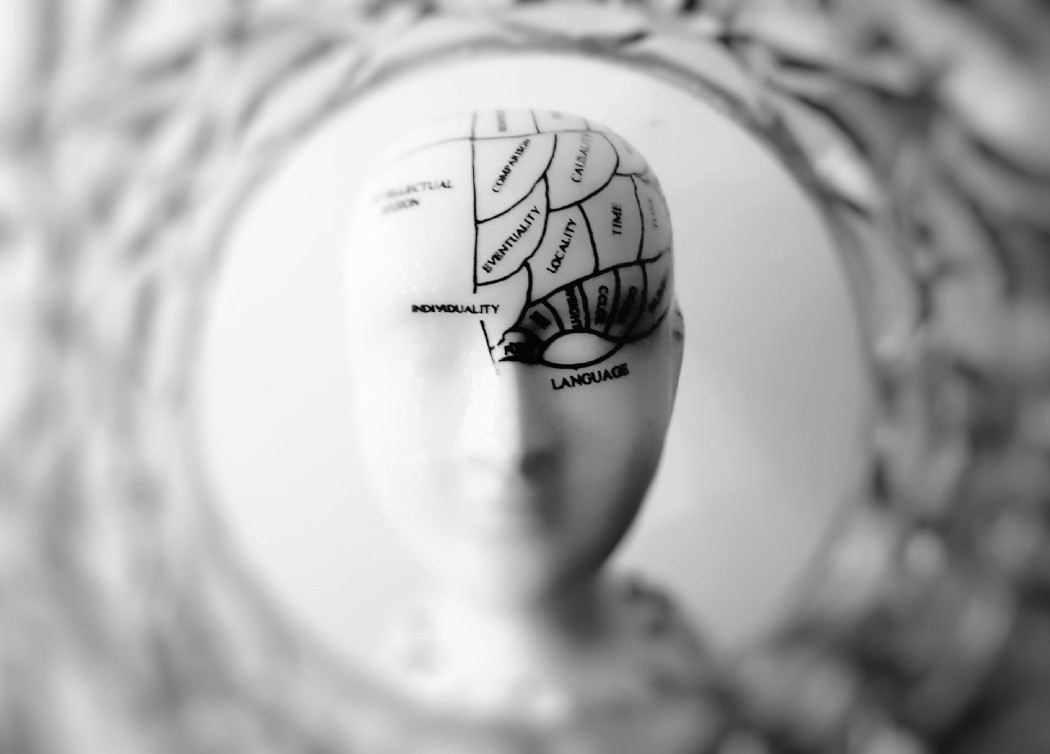We often come across the advice “Listen to your body.”, without really asking ourselves “How is this possible?”, or “Do I have the ability to literally perceive my bodily states?”. The answer is “Yes”, we can become aware of our body’s physiological condition, for example, the state of our heart, stomach, and gut. This mechanism of perceiving signals from our internal organs is called “Interoception”. However, as we explained in our previous blog titled What is Consciousness, human beings are dynamic entities and consciousness is not the result of solely receiving signals but also the appraising of these signals.
APS President Lisa Feldman Barrett of Northeastern University explained that the core task of the brain is Allostasis: when our brain anticipates the body’s needs, prepares to satisfy them before they arise, and, when they do, it regulates them. Interoception is one of the consequences of this activity. The brain knows what we need because the body is making sure to constantly update it. This process is central to everything from thoughts, to emotion, to decision making, and our sense of self.
Imagine that you enter a crowded party, you suddenly notice that your heart is beating fast, you may think you are excited about being at the party or you may think you are uncomfortable with so many people around you. The way you interpret those signals from your heart is based on a concept created by the brain which may involve previous experiences and memories, and the way you respond after perceiving them can be associated with what your brain predicts about your future needs. For example, if your cue of thinking is about being uncomfortable among a crowd of people, most probably your brain will predict that there is a potential threat in this environment and that you will be needing your flight or fight mode switched on.
This two-sided process of perceiving internal signals and interpreting them is what scientists call Interoceptive awareness (IA). The predictive process of the brain will be explored in future blogs and interactive material.
But why can learning about Interoception be important to us and our well-being?
Firstly, because the interplay between sensory information received by the internal states of the body may also support the first-person perspective-taking, a foundational building block for our sense of self. For example, it has been shown that interoception of input from our heart can greatly influence our visual perception, which suggests that ongoing heart activity can influence the expression of bias.
However, understanding the interplay between internal signals and interpreting them may help us realize that we can actively monitor our perspective-taking and biases. For instance, normalizing the crowded party may change our — otherwise automatic flight/fight response — to a more flexible and adaptive one.
And this brings us to the second reason; IA is ambiguous and can be associated with both deleterious and beneficial effects. You may have noticed that sometimes you become hypervigilant over your body’s sensations or you may be catastrophizing over them. Adopting healthier forms of IA may require us to monitor our internal states, but also, regulate how attentive we become to them.
Another way to disengage from maladaptive thoughts about our internal states is by using the acceptance and resilience-enhancing techniques supported by Mindfulness and meditation. Studies provide ample evidence that mindfulness training may improve adaptive forms of IA.
Appreciating the physical basis of IA and brain functioning can be helpful for people who often feel that they can’t control their negative thoughts and feelings, this is why, in Embodied Mind Hub we believe that as the embodied self is fully realized through awareness of ongoing interoceptive interactions, two complementary senses emerge: presence, one’s connection to the moment, and agency, one’s ability to effect change.which are both foundational in determining a person’s sense of well-being.

For more content follow https://medium.com/@info-embodiedmindhub
For references and further reading:
Azevedo, R. T., Garfinkel, S. N., Critchley, H. D., & Tsakiris, M. (2017). Cardiac afferent activity modulates the expression of racial stereotypes. Nature Communications, 8(1), Article 13854. https://doi.org/10.1038/ncomms13854
Mehling WE, Price C, Daubenmier JJ, Acree M, Bartmess E, Stewart A. The multidimensional assessment of interoceptive awareness (MAIA) PloS One. 2012;7:e48230.
Mehling W. Differentiating attention styles and regulatory aspects of self-reported interoceptive sensibility. Phil Trans R Soc B. 2016;371:20160013.
Garfinkel SN, Seth AK, Barrett AB, Suzuki K, Critchley HD. Knowing your own heart: distinguishing interoceptive accuracy from interoceptive awareness. Biol Psychol. 2015;104:65–74.
Seth A. K. (2013). Interoceptive inference, emotion, and the embodied self. Trends Cogn. Sci. 17 565–573. 10.1016/j.tics.2013.09.007
Seth A. K., Critchley H. D. (2013). Extending predictive processing to the body: emotion as interoceptive inference. Behav. Brain Sci. 36 227–228. 10.1017/S0140525X12002270
Kleckner, I. R., Zhang, J., Touroutoglou, A., Chanes, L., Xia, C., Simmons, W. K., … Feldman Barrett, L. (2017). Evidence for a large-scale brain system supporting allostasis and interoception in humans. Nature Human Behavior, 1, Article 0069. https://doi.org/10.1101/098970








